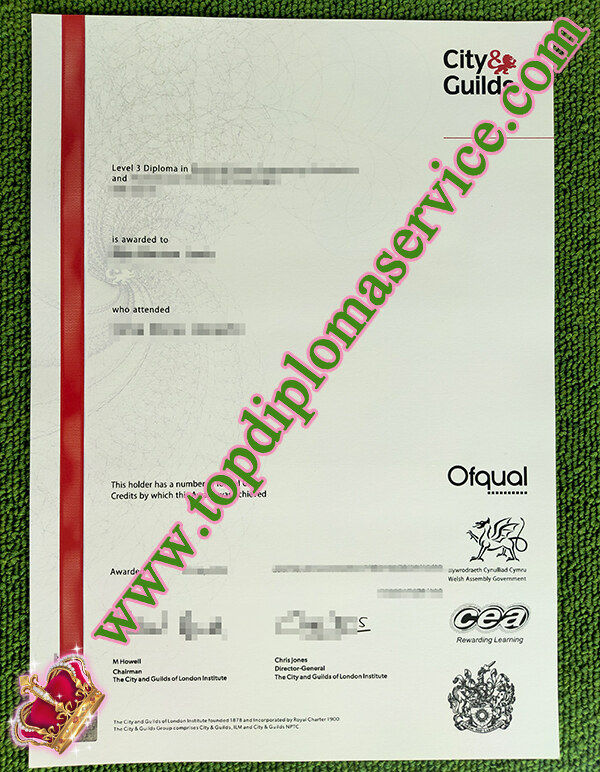
Faced with their continuing inability to find a substantial site, the Companies were eventually persuaded by the Secretary of the Science and Art Department, General Sir John Donnelly (who was also a Royal Engineer) to found their institution on the 87 -acre (350,000 m2) site at South Kensington bought by the 1851 Exhibition Commissioners (for GBP 342,500) for 'purposes of art and science' in perpetuity. Order a fake City & Guilds diploma, buy fake City & Guilds certificate, order fake UK certificate, fake NVQ certificate.
The Central Technical College building was designed by Alfred Waterhouse, better known as the architect of the Natural History Museum. Located adjacent to the Central Institute on the site were the Royal School of Mines and the Royal College of Science.
In 1907, the latter two colleges were incorporated by Royal Charter into the Imperial College of Science and Technology and the CGLI Central Technical College was renamed the City and Guilds College in 1907, but not incorporated into Imperial College until 1910.
Although the City & Guilds College was for much of its life governed through Imperial College, the City and Guilds Institute, together with a number of livery companies in their own right, maintained seats on the governing body (the Court) of Imperial College until its reorganisation in 2002. In 2002, under Imperial College's new faculty structure, City & Guilds College, along with the other constituent colleges, ceased to exist as a separate entity. In September 2013 the Mechanical and Aeronautical engineering building at Imperial College was renamed City and Guilds Building to acknowledge the historical legacy. Its name also survives however in the City & Guilds College Union (CGCU)—the student union for the Imperial College Faculty of Engineering and the Imperial College Business School—and in the City & Guilds College Association (CGCA).


